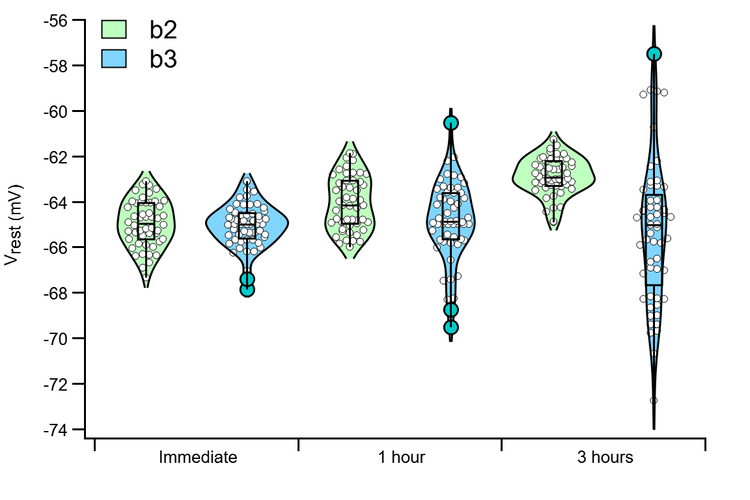


Keep in mind that matrix may contain a large or very large amount of data, which will take time to process and display. To optimize display choose Parameters from Controls drop-down list.
#Extract 1d wave from 2d wave igor pro update#
Click Update button to display what you have selected. If you do not see what you are looking for you probably did not load it correctly. Note that only matrix waves willbe diplayed. From source drop-down menu choose your wave. Click on Source button and choose Matrix of Z-values. It has functionality of a dialog.įirst step is to select data to be displayed. Selecting Surface plot above brings Surface Graph window. There are several ways to visualize matrix data in Igor, although Image plot and Surface plot are the most pratical. If you want to plot time profile, however, you will have to set row range to a single number and specify a range of columns, as in wave0.ĭisplaying a whole matrix is useful occasionaly to get overal impression of data. If you want to plot spectra, for example, you will only need to change column number from 0 to the column number of interest. Note that when a matix is added to the list of waves to be plotted, Igor uses entire row range ( x, typically wavelength) and the first column ( y, typically time) as a 2D subrange by default: wave0. It is your responsibility to make sure that such data combination makes sense. For example SomeWave as X wave will work for either row of the example above. You can choose if you want to plot a column ( ) or a row ( ), but number of points in calibration wave must match or be limited by sub-range. Note that in the example above wave0 is a matrix and dialog specifies that column 0 of that matrix should be plotted vs row position wave RP_wave0, whcih was created when matrix was loaded. Moreover, you can plot an individual row or column of a matrix vs a wave or a row/column of another matrix. In this mode you can specify individual pairs of waves, choose separate axis for different wave pairs and limit ranges of data that you want to be dipalyed. To switch to advanced mode click More Choices button. New Graph or Add Traces dialogs allow greater chioce and flexibility if needed. Remove dialog simply allows you to choose which wave to remove. Select Append Traces to Graph or Remove from Graph:Īppend dialog is identical to dialog above for creating a new graph. Activate the graph of interest - submenu Graph will appear inthe main menu. You can freely shuffle traces displayed on a graph. Then select a calibration wave on the right:Īfter clicking on Do It button you will get a graph where each data point from My_Sample01 wave is displayed at X position from corresponding point in wln_clb wave. Select waves you want to plot on the left. You can select several Y waves by holding Shift key, but only one X wave can be selected. This will help you to locate it later on.Ĭlick Do It button and you will get a graph showing values in your wave. The most common left vs bottom is the default. Select your wave on the left and leave _calculated_ highlighted on the right.įrom Axis drop-down menus choose how you want data to be displayed.
#Extract 1d wave from 2d wave igor pro windows#
Open a New Graph dialog from Windows menu: You get a 2D plot with little information along X axis. In simple graph you display wave values sequentially or per scaling if it has been set. Visual representaion as a graph of one sort or another is one of basic, and most used, applications of Igor. We can help you to better solve the problem or even prepare a script if you are willing to post some example data.Making graphs in Igor Plotting waves in Igor In fact, I already have a script which merges waveform data into a 2D matrix with the correct scaling. It would get considerably easier when you just have to apply the correct x-shift before writing into the 2D wave. Is the x data linear, so that you could in principle create waveform data (just one 1D with x-scaling applied) from it? Or you could first use the Interpolate function to transform your data from XY to waveform, if the scaling is not linear and the interpolation does not damage your data (the data will be forced into a linear grid anyway when merged into a 2D wave). Note that this approach will interpolate the data a bit when the x-scaling is not perfectly aligned to the grid of the 2D matrix. If the idea is, as it sounds, to take a bunch of 1D XY-data and merge it into a 2D wave then you can write a small script which looks up the x-points for each y-wave and transfers the data at the right position of a prepared 2D matrix. Wide-Angle Neutron Spin Echo Spectroscopy.


 0 kommentar(er)
0 kommentar(er)
